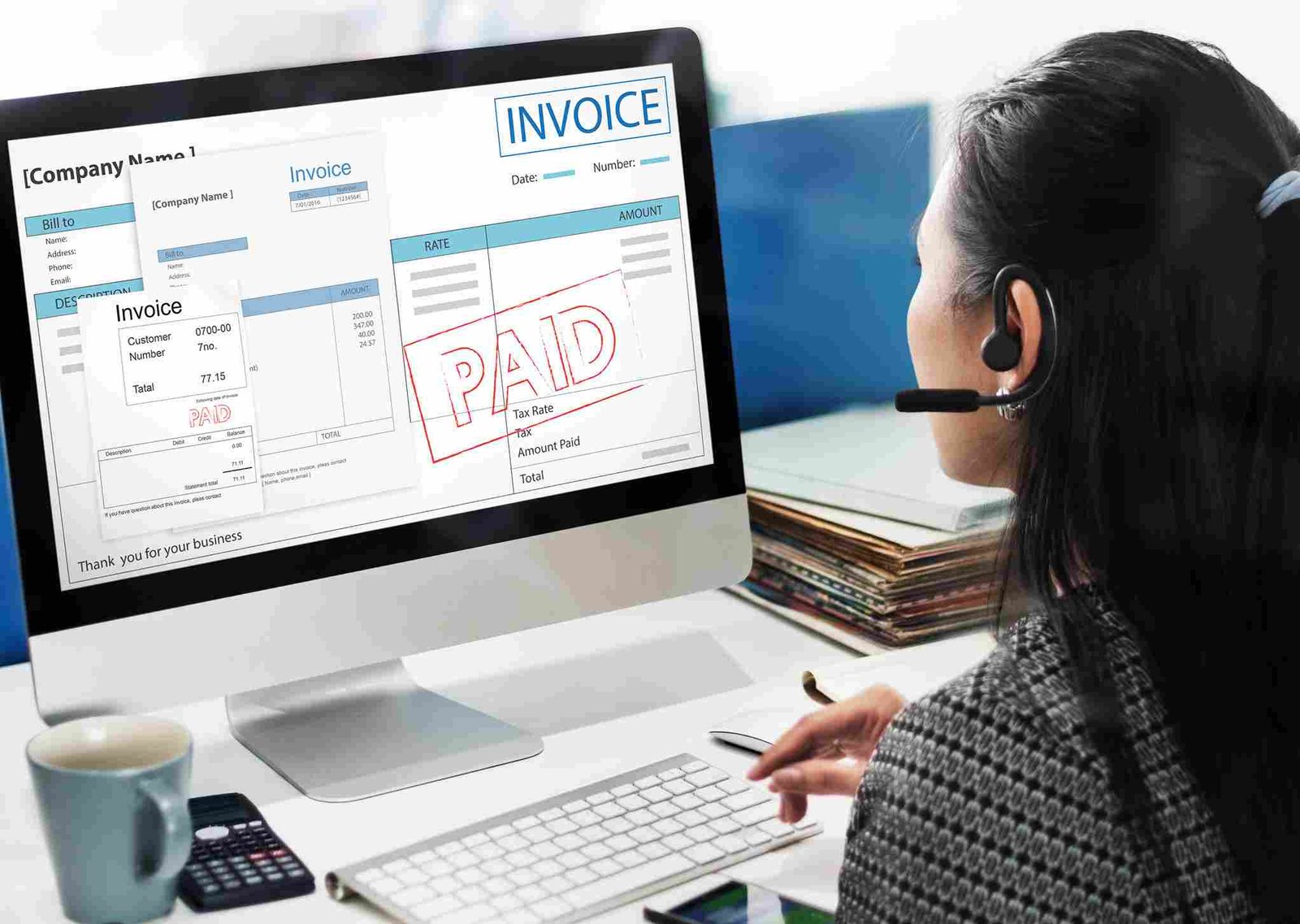
If you run a small business in India, understanding the GST registration process is important. It helps you stay legal and grow your business smoothly. This guide will walk you through everything — who needs to register, what documents are required for GST registration, and how to do it the easy way. go and check our Home Page and GST Registration.
Whether you're just starting or already running your business, you’ll learn how GST works and how to get your GST number without confusion.
GST means Goods and Services Tax. It is a tax you pay when you sell something or provide a service. If your business crosses a certain limit of income or deals in special types of sales, you must register for GST.
Having a GST number makes your business look trusted. It also lets you sell online and work with bigger clients who need GST bills.
You must register for GST if:
So if you are running a shop, offering digital services, or selling on Amazon or Flipkart, GST registration for small business is not optional — it is required.
Let’s make it simple. You can register for GST if:
If you check any of these boxes, you are eligible for GST registration.
To complete the process, you need a few papers ready. Here is a simple list of documents required for GST registration:
If you're wondering what are the documents required for GST registration, this is your full list. Gather them before you start the process.
Now let’s talk about how to register for GST. It is simple and done online. You don’t need to go to any office.
Here’s what to do:
That’s it. You will get your GST number in India within 3 to 7 working days if everything is correct.
Some people ask, what are the GST number requirements. It’s nothing fancy. You just need to:
For example, if you run a service-based business like web design, SEO, or digital marketing, you’ll need to register under GST for service providers once you cross the basic turnover limit.
If you want to sell online on websites like Amazon, Meesho, or your own store, you’ll also need GST number for e-commerce business — even if your turnover is low.
Once you get your GST number:
Don’t worry — you don’t need to do it all alone. TaxAbide can help with filing and staying on track.
After applying, you can also check the status. It’s called online GST verification. You can go to the GST portal and enter your GST number to:
It helps you trust vendors and keep your own data safe.
Here are a few things to avoid when applying:
Take a few extra minutes and double-check everything. A small mistake can delay your approval.
We help small businesses like yours with:
Visit our GST Registration page to start your process today.
The GST registration process in India seems difficult but it is simple if you divide into steps. Collect your documents, go to the GST portal, and apply online. If you remain confused or don’t want to take any chances, TaxAbide is here to help. We are small business owners ourselves and we work with small businesses all day. From determining eligibility to filing returns, we’ve got you covered.
No, unless you do online or interstate sales. Then, GST is still needed.
Usually 3 to 7 working days if all documents are valid.
Yes. Use your home address or office space as proof.
If your income crosses the limit, then yes. Especially for tech and service-based freelancers.
Yes. You can apply for cancellation if your business closes or income drops below the limit.
It is free on the government portal. But if you use a service like TaxAbide, you pay a small fee for expert help.